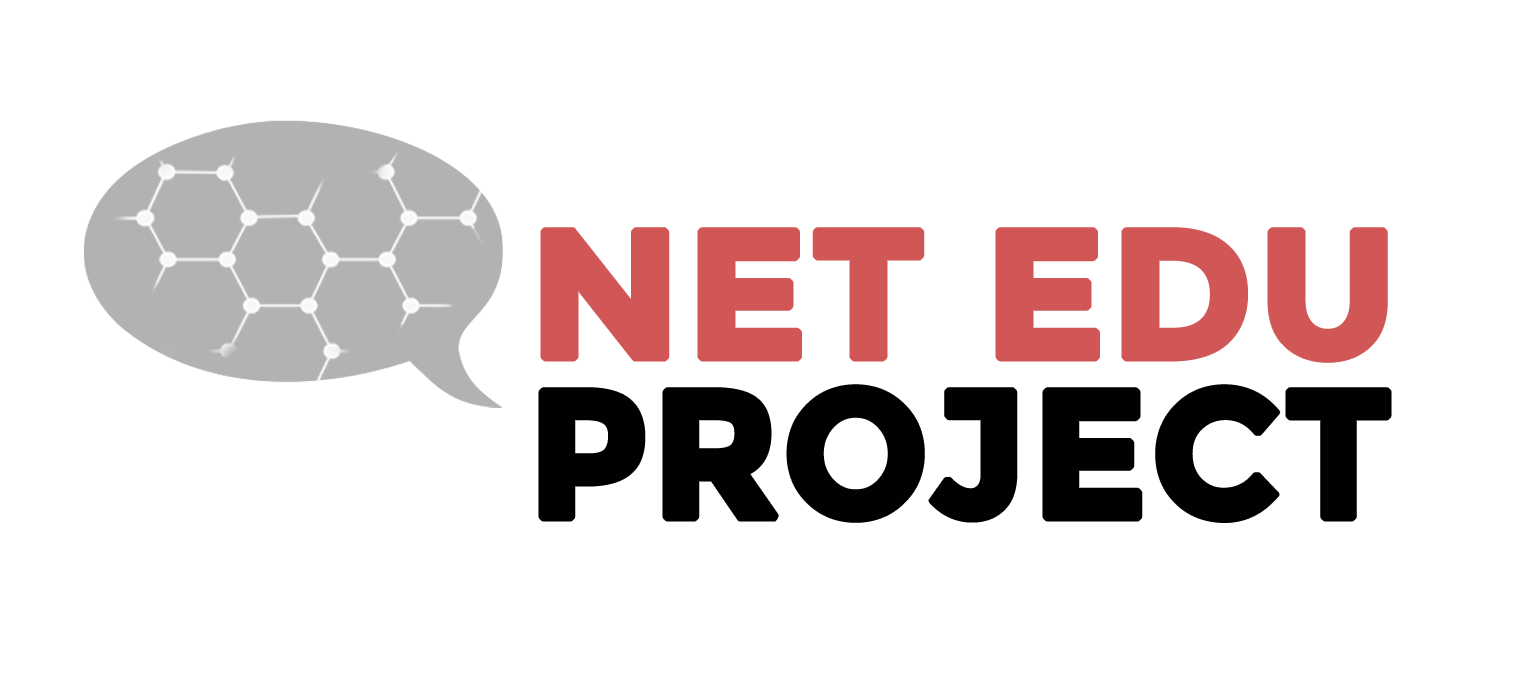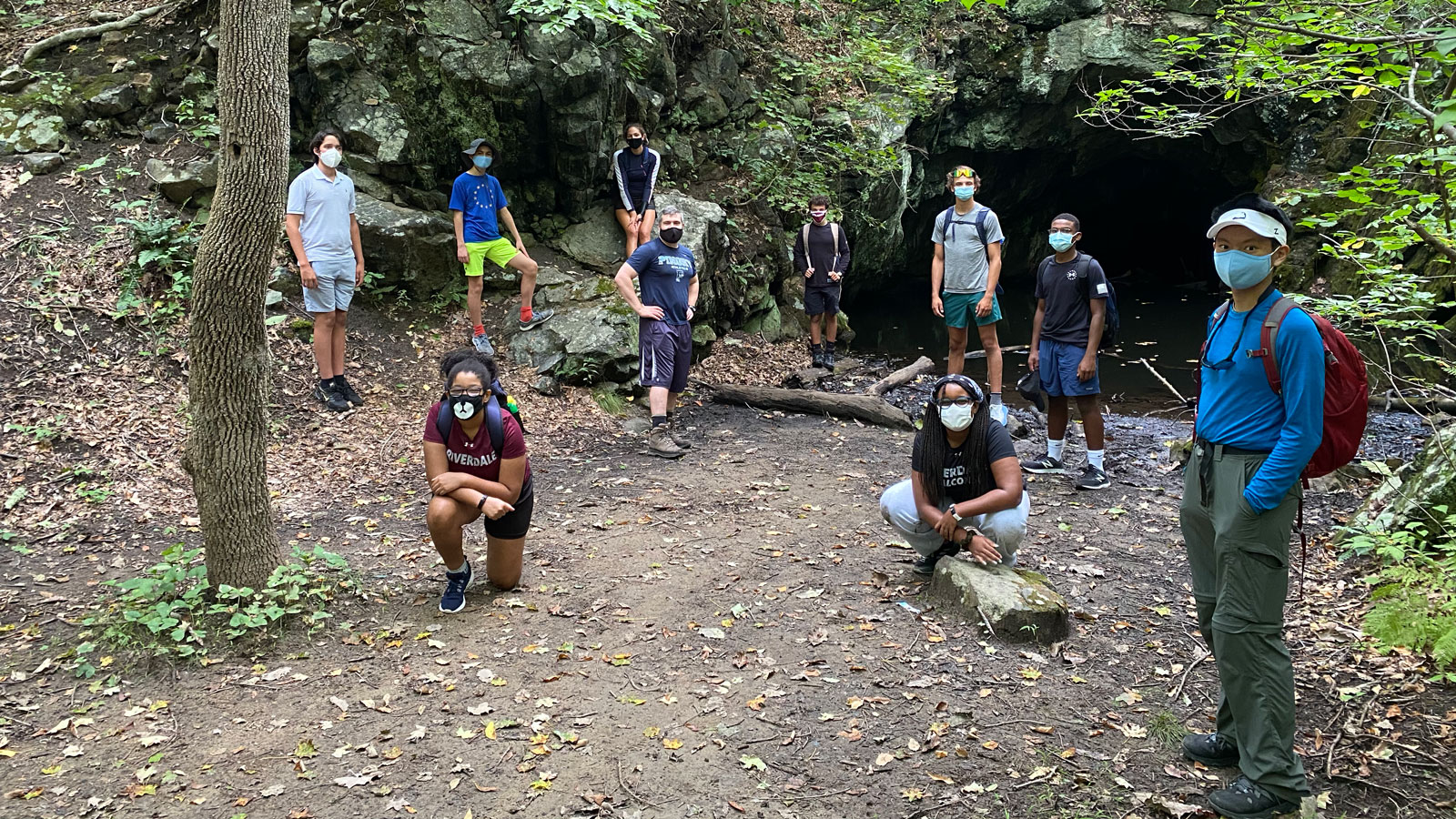Written by Jordi Díaz-Gibson and Alan Daly, NetEduProject
As we write this many of us across the world are sheltered in place, not being able to safely leave our homes. This pandemic has its roots in how connected we are as a planet. Ironically, we only seem to attend to our human connectivity when it comes to historically negative events such as a pandemic. However, what if we really focused on the fact that these connections also hold the potential for equally positive impacts for our world. Sadly, it seems we rarely activate these systems for this purpose.
In countries across the globe there are long standing educational inequities despite decades of attention, study, and work to alleviate systemic disparities. This statement is not to undermine the strides made, but as an educational community we still have a great distance to travel in becoming more equity minded and growing our educational systems in new and different directions. Perhaps one of contributing factors in not making greater progress on these issues is that many educational systems, and in fact individual educators, operate as independent units and as such may continue to create and replicate separate and unequal outcomes for students and communities. Typically, educational institutions and public agencies have not viewed themselves, either as organizations or individuals, as part of a larger interdependent and interconnected eco-system. This failure to recognize and embrace the idea that decisions, actions, and inactions are mutually influential and consequential has perhaps inhibited the collective ability to address pressing issues that have for far too long plagued educational organizations across the globe.
In recent days, there have been a number of proposals around the world that are being implemented on an experimental basis to reopen schools after the long breakouts responding to the complex challenge of education in times of pandemic. What surprises us about the proposals is that most of them focus on the school as a center of education and ignore the community as the natural eco-system for development and growth of students and families. Strictly focusing on the school-level at the expense of the community may inhibit our ability to expand educational spaces and flexible learning opportunities.
Schools are increasingly important parts of the social ecosystem, a part that cannot function alone or disconnected from the system to which it belongs. The significant educational challenges we face today are complex and intertwines with other public good issues such as promoting health, encouraging well-being, eradicating poverty, providing employment, creating work-life balance, and building strong intra and intergenerational relationships. We need to be aware that all parts of the system must work in concert and embrace the social and educational complexity that comes with that collective ecosystem participation. Thus, we need to connect disciplines to assess risks, map the educational assets of each territory, activate diverse people, organizations, institutions and services capable of contributing to a better understanding of our ecosystem.
Bronfenbrenner (1999) suggested that in order to understand schools and learning with high ‘ecological validity’, generating authentic knowledge that could be applied in real life and not just in ideal labs, we need to study the various subsystems that ecologically affect children and schools not as discreet individuals, but interconnected units. In this sense, the perspective of educational change and innovation in schools must evolve to take on a more systems focus as each school is located in the context of a neighborhood that, at the same time, is highly relevant as an informal education space.
Social network theory builds on the idea that social resources such as knowledge, information and expertise are exchanged through informal networks of relations between actors in a system. A fundamental element in this theory is concerned with the pattern of social ties that exist between actors in a social network that creates an overall social structure. In this sense, actors with more ties are more likely to quickly move resources across the network as they are well-connected to a large number of actors. In contrast, actors with fewer or no relational ties may have limited access to the mainstream information and may not be able to efficiently move information because their communication channels are less well-connected (Liou et al, 2019). Hence, as a growing body of research suggests, leaders need to have a clear map of the schools’ and community social networks to better understand how the resources flow in the wider ecosystem, and to promote broader opportunities to all the actors. This approach brings to life the idea of ecosystems and sets of interactions that hold promise for increasing the public good.
Although seeming like an obvious statement, that relationships matter, traction around this space for positive change has not taken hold as deeply in the education space. It may be that in the education space we are still very much focused on the “technical core” of the education process. In contrast to the technical core of schooling, progress through a relational perspective or the “social work” of improving outcomes requires a set of skills and capacities some leaders and educators may or may not possess. Interpersonal skills such as facilitating, questioning, active listening, and collaborating are often assumed to be among capacity of educators, but that assumption is potentially faulty and can derail efforts. Moreover, the ability to rebuild and repair damaged trust is a complex and nuanced endeavor that may require a new set of leadership capacities.
Thus, thinking about schools as social networks and considering the diverse actors that influence education and wellbeing in a community and their multiple interactions, allow us to understand schools as living and organic ecosystems. Clayton (2016) defines ecosystems in education as the intersection between a wide array of innovation actors such as teachers, school leaders, students, parents, technologists, civic entrepreneurs, designers, researchers, philanthropists and policy makers. Moreover, the coming together of these different groups may enable the disruption of existing practices, designing new learning models, and building new learning communities beyond the traditional notion of a school.
Godfrey and Brown (2019) defined a school ecosystem frame based on three key issues: 1) the need to connect all school change ultimately to its intended educational impact on youth, and by corollary to society; 2) to ensure that elements of the system -especially at the individual school level-are not viewed reductive or in isolation; and 3) to see system change as both interconnected and working in patterns of multidirectional cause and effect. Thus, the idea of a school understood as a learning ecosystem embraces a networked and systemic understanding of all school units; a collaborative action within and across the community to increase social capital and collective learning; and finally, the innovative and disruptive component as a central focus that promotes systemic impact across the whole ecosystem.
However, transforming schools into a learning ecosystem demands principals and educational leaders to be systems thinkers and focus on relationships between people and entities that can strengthen the school purpose, aligning shared objectives, promoting trust, connecting synergies, and facilitating a shared discussion and a collective construction of knowledge. The idea of network weaving is quickly emerging around the globe as a transdisciplinary leadership perspective that embraces a relational, distributed, networked and systemic approach. Weaving is defined as an approach to leadership that intends to transit from ego to eco, relying on curating circles, hosting conversations, building trusted relationships and shepherding people with highly diverse institutions, roles, backgrounds and perspectives into meaningful collaborations that have systemic impact (Luksha et al, 2020). Moreover, weaving entails the idea of securing the health and the potential of the wider ecosystem by cultivating relationships between people, and encouraging to lead organizations as living cells. Thus, weaving as an educational leadership approach completely aligns with the networked, collaborative, systemic and disruptive purposes of learning ecosystems.
Based on what we have shared in this essay, what if schools come back and challenge school boundaries and take advantage of the community as the natural environment for students and their communities. What if teachers welcome a small number of children and families at once, and children occupy diverse spaces in the community accompanied by diverse community professionals and other volunteers. What if schools in the same neighborhood, along with other educational and social agents, map spaces and actors involved in different fields such as museums, libraries, sports fields, parks, forests, beaches and mountains. What if leaders -as gardeners- seed a rich ecosystem and then start the tasks of growing and connecting these environments, care for social relationships, and look for common educational goals to co-create new opportunities and new proposals. What if policy makers empower the local level, and invest more resources in those neighborhoods and with those families who need more resources, more professionals and new infrastructure.
At a time when educational space and time are gaining in importance as vectors of educational quality, a look at the local and community educational ecosystem can help us ideate and design a proposal appropriate to the difficult challenge we face with the reopening of schools in the months ahead. Certainly, it will be necessary to evaluate risks, but at the same time to take them in order to devise, prototype and experiment with new schooling proposals.
References
Bronfenbrenner, U. (1999). Environments in developmental perspective: Theoretical and operational models. In S. L. Friedman & T. D. Wachs (Eds.), Measuring environment across the life span: Emerging methods and concepts (pp. 3–28). Washington, DC: American Psychological Association Press.
Liou, Y., Bjorklund Jr., P., & Daly, A. (2019). Climate change in Common Core policy context: The shifting role of attitudes and beliefs. Educational Policy. doi.org/10.1177/0895904819843603
Clayton, R. (2016) Building Innovation Ecosystems in Education to Reinvent School. A study of innovation & system change in the USA. Winston Churchill Memorial Trust.
Godfrey, D., & C. Brown. (2019). An Ecosystem for Research-Engaged Schools: Reforming Education Through Research. Oxon: Routledge.
Luksha, P., Spencer-Keyse, J. & Cubista, J. (2020) Learning Ecosystems: An Emerging Praxis for Education. Global Education Futures and SKOLKOVO.
Teachers College Record, Date Published: July 20, 2020
https://www.tcrecord.org ID Number: 23374, Date Accessed: 8/19/2020 7:18:01 AM

